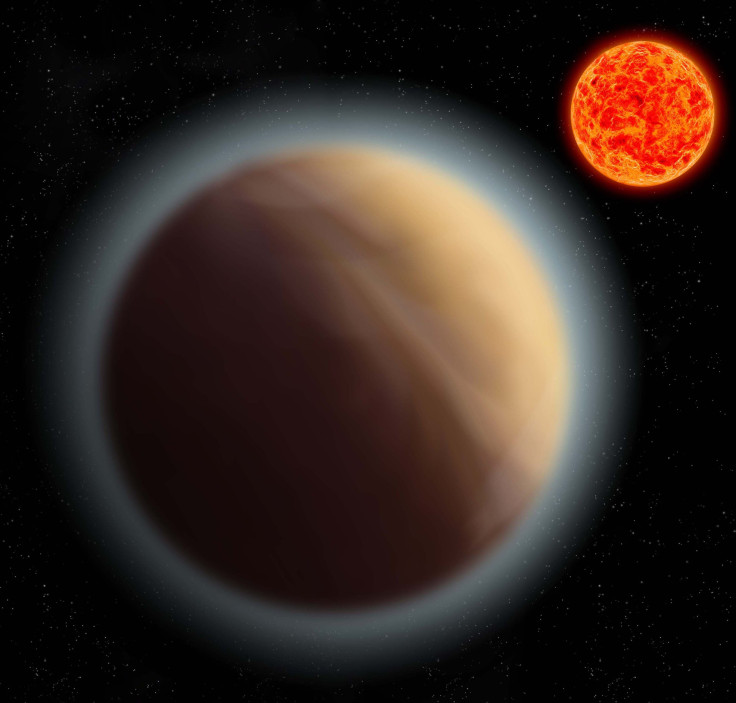Second Atmosphere: This Exoplanet Lost Its Atmosphere Then Made A New One
KEY POINTS
- Exoplanet GJ 1132 b was once a gaseous planet
- It lost its atmosphere and is now a rocky planet
- Scientists discovered that it has formed a new atmosphere
A planet some 41 light-years away from the Earth may already be in its second atmosphere. It is the first time that a "secondary atmosphere" was detected on an exoplanet.
GJ 1132 b is an exoplanet that is a few times larger than the Earth and it is believed to have started out as a gaseous planet. This exoplanet is extremely close in proximity to its host star, so it eventually lost its original atmosphere due to intense radiation, leaving only its rocky core about the size of the Earth, NASA explained.
However, scientists using the Hubble Space Telescope recently detected an atmosphere on the exoplanet.
"We first thought that these highly irradiated planets could be pretty boring because we believed that they lost their atmospheres. But we looked at existing observations of this planet with Hubble and said, 'Oh no, there is an atmosphere there,'" study co-author, Raissa Estrela of NASA's Jet Propulsion Laboratory (JPL), said in the NASA news release.
With modelling of its atmospheric loss determining that the planet indeed lost its original atmosphere, the presence of an atmosphere suggested that what Hubble has detected is already its second one.
In other words, GJ 1132 b likely "reestablished" an atmosphere after losing its original one. Researchers think it's possible that it was formed through volcanic activity.
2 is better than 1... or is it?
— NASA (@NASA) March 11, 2021
In a distant part of the universe, this mysterious planet has lost its atmosphere & gained a secondary toxic one from volcanic activity. This illustration visualizes @NASAHubble data evidence of this planetary anomaly: https://t.co/SkzjMGUSsp pic.twitter.com/sXYGxHiyvD
How GJ 1132 b Formed A Secondary Atmosphere
This secondary atmosphere is comprised of a "toxic mix" of molecular hydrogen, methane, hydrogen cyanide and an aerosol haze, the researchers said.
According to the researchers, it's possible that the hydrogen from the original atmosphere was absorbed into the planet's mantle, which is kept liquid because of the host star's strong gravitational pull. Through volcanic activity, this hydrogen is then slowly released to replenish the new atmosphere.
But the planet's crust is "extremely thin," NASA noted, so it likely doesn't look like the volcanoes that we know of on Earth. Instead, the planet looks more like an eggshell with cracks, through which the gasses escape.
Secondary Atmospheres In Exoplanetsfoun
This begs the question of how many other rocky exoplanets out there actually started out as gassy sub-Neptune planets just like GJ 1132 b, the researchers said. Earth's atmosphere itself is believed to have been remade twice, Astronomy explained, adding that neighboring Mars has also undergone quite a few atmosphere changes in its lifetime.
But among exoplanets, GJ 1132 b is the first one observed to have a secondary atmosphere. And the upcoming James Webb Space Telescope may help scientists have a closer look at it.
As NASA explained, the telescope may even give the scientists a chance to look down at its surface.
"Given the currently known potential targets, and the rich variety of chemical and physical processes in play, it is likely that study of terrestrial secondary atmospheres will become a fruitful area of exoplanet research in the near future," the researchers wrote in their study, set to be published in The Astronomical Journal.

© Copyright IBTimes 2025. All rights reserved.






















